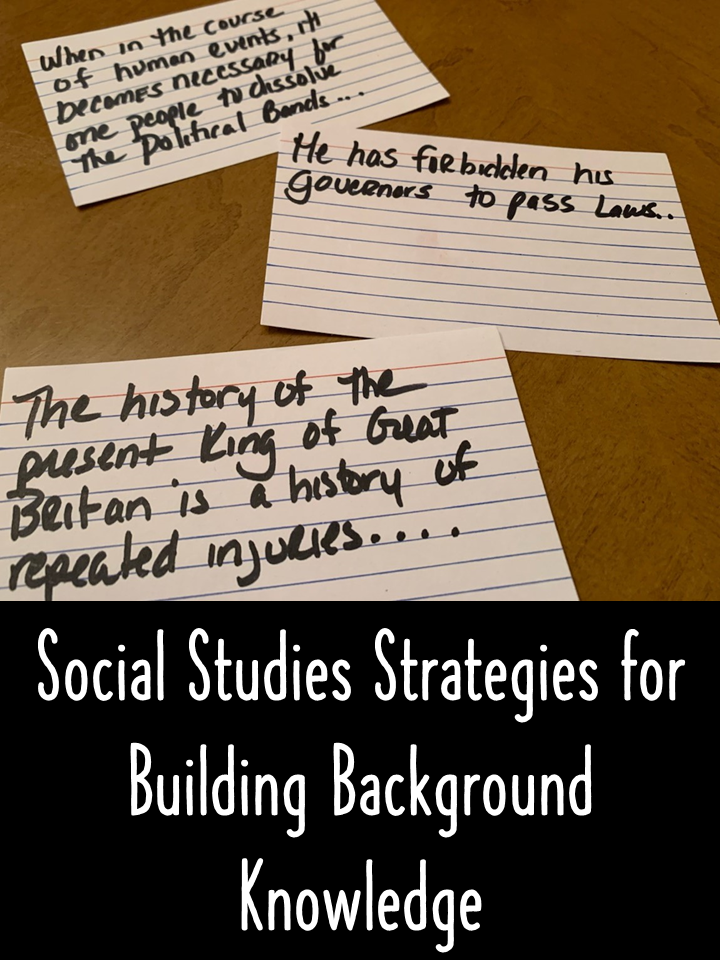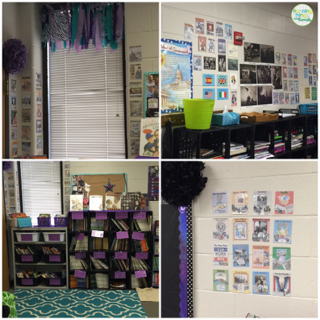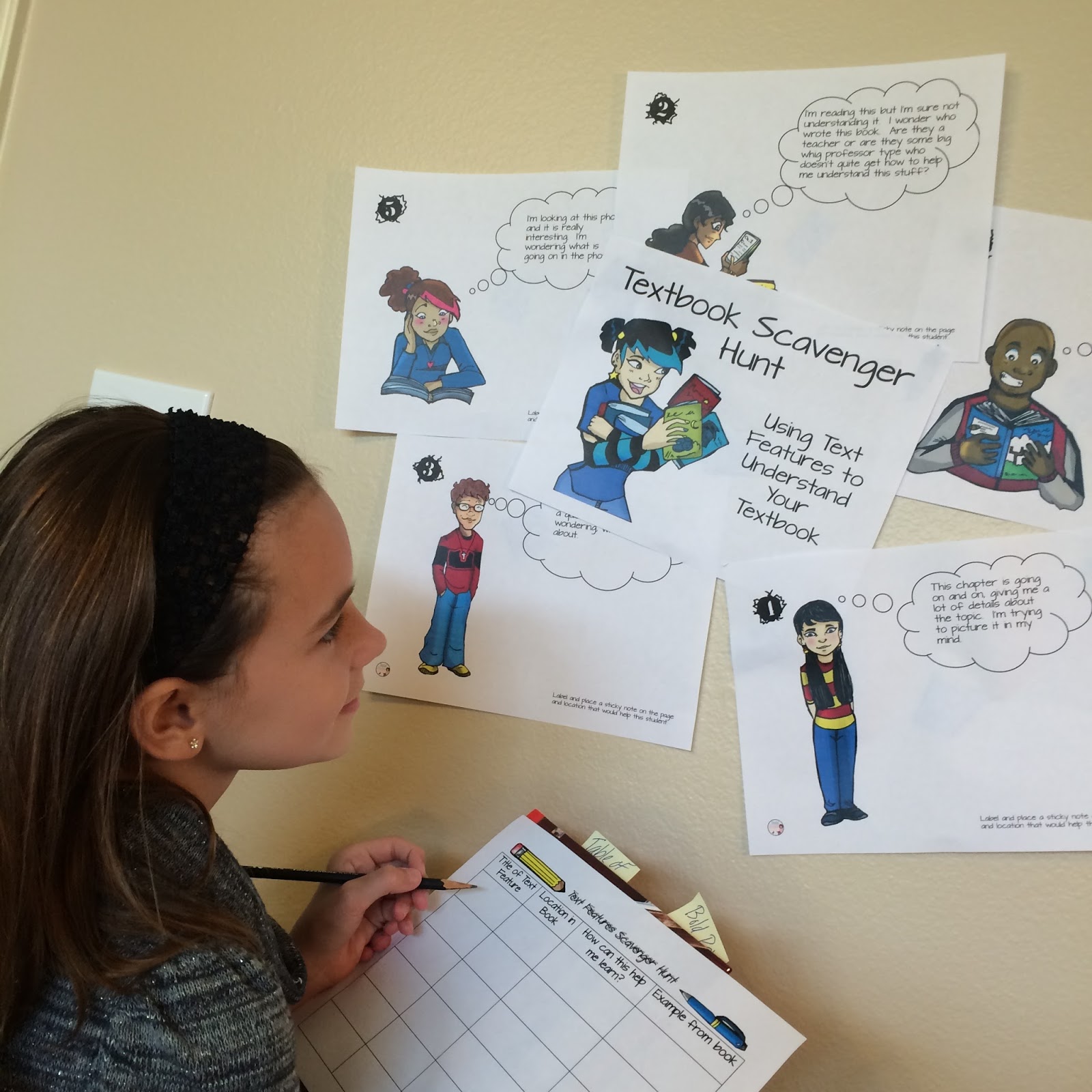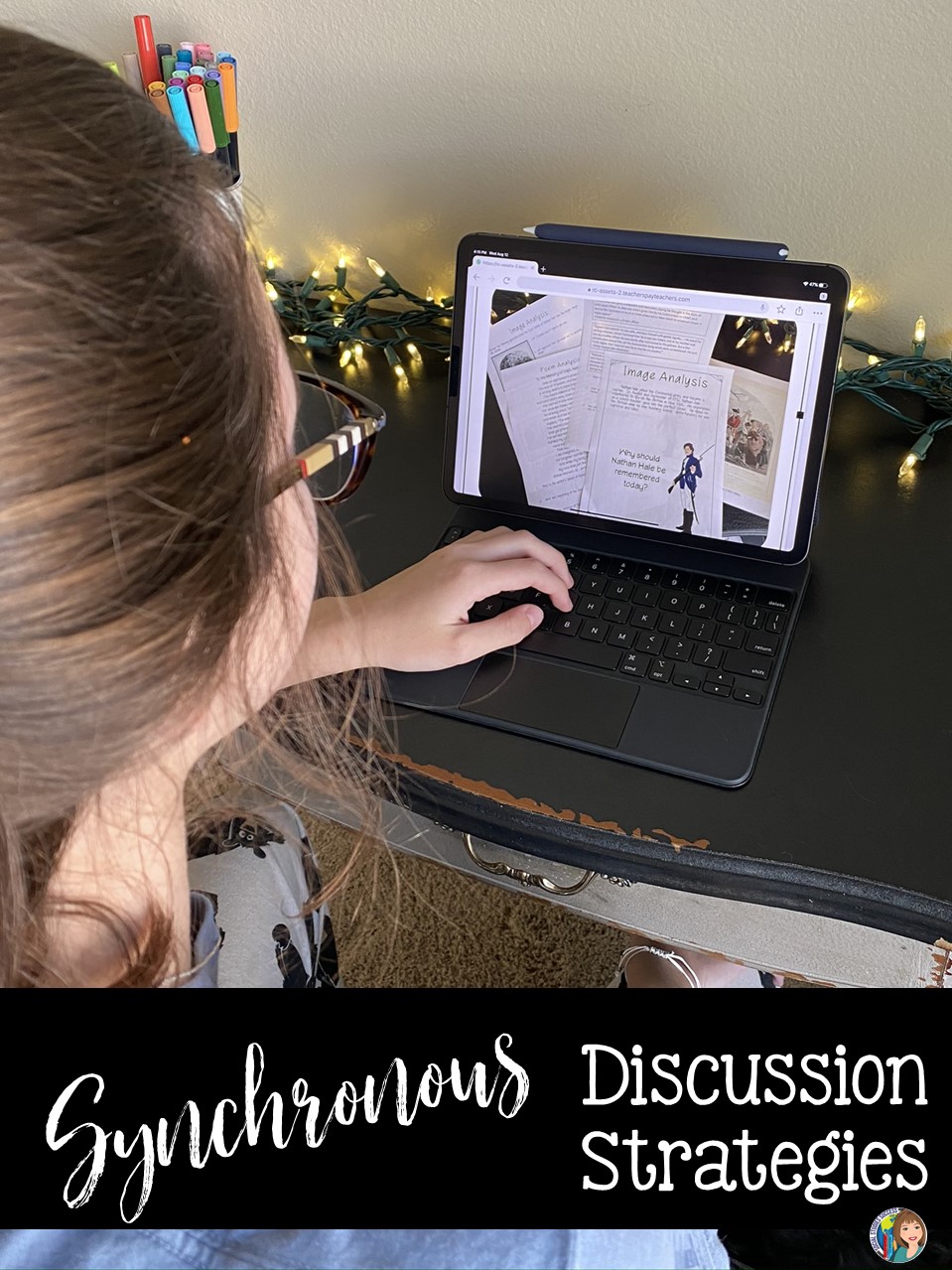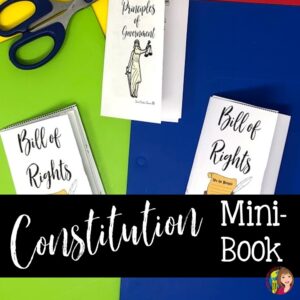By Kydra Hubbard, Ed. S.
Secondary Social Studies Interventionist
As any good teacher does, I often eavesdrop. During my fourteen years of eavesdropping, I’ve heard social studies teachers lament that they are “not reading teachers”. Whenever I hear this my French alter ego says “Au contraire, mon frere”. Social studies teachers are charged with helping students build the background knowledge required to read and comprehend social studies primary and secondary sources, identify cause and effect relationships, and draw inferences and conclusions.
Why is background knowledge important in social studies?
Students inherently come to school with valuable background knowledge, however, how many 12- year- olds have background knowledge of European Colonization? Research has shown that students are more successful learning new content when the new information is tied to their background knowledge. Teachers must be strategic when building background knowledge to help ensure students understand social studies concepts such as federalism, net-worth statements, modern genocides, and terrorism.
Strategies for building background knowledge in social studies.
Picture Walk
A picture walk is a pre-reading activity where students will take a look or a “walk” through the documents of a unit. These documents can include images, maps, charts, diary entries, or other primary and secondary sources. Students “walk” the documents and make predictions about the unit based on the who, what, when, where, and why of the items. A great example of picture walks can be found in my resource on earthquakes. Students examine the different images of the impact of the Great Alaskan Earthquake of 1864 prior to reading about the impact of an earthquake.
Tea Parties
This strategy not only helps students to activate background knowledge by anticipating what they will cover in the unit, but it also encourages students to participate in discourse. The teacher simply writes statements on an index card and students’ job is to mingle and read as many statements as they can in an allotted time. After the time is up, students will discuss what they surmise about the text from the statements found on the index cards. This requires students to sequence, make connections, collaborate, and move! This is a really fun strategy to see your students try to figure out their clues. I have a version of this strategy called “Book Bits” in my Early English Colonies lesson on Jamestown and Plymouth.
Word Webs
Word webs are visual organizers to help students organize background knowledge. The teacher will create categories for a unit and the students work together to list as many things that they already know about the subject. This strategy is also referred to as mind mapping.
Social Studies teachers must use strategies to help students build background knowledge. Students need a way to organize the new information with what they already know. This approach will help students acquire content knowledge to succeed in Social Studies.
Kydra Hubbard is an Instructional Coach with over 14 years of experience in social studies education. Kydra has taught a variety of subjects, including U.S. History, Geography, and International Baccalaureate History of the Americas. Kydra has used her classroom experience to prepare for presentations at the Texas Council for Social Social and Fundamental 5 National Summit.
Recently earning a specialization in organizational leadership from Abilene Christian University, Kydra believes that continued success in social studies education requires leadership that focuses on advocacy to organize programs that engage everyone in a community.

